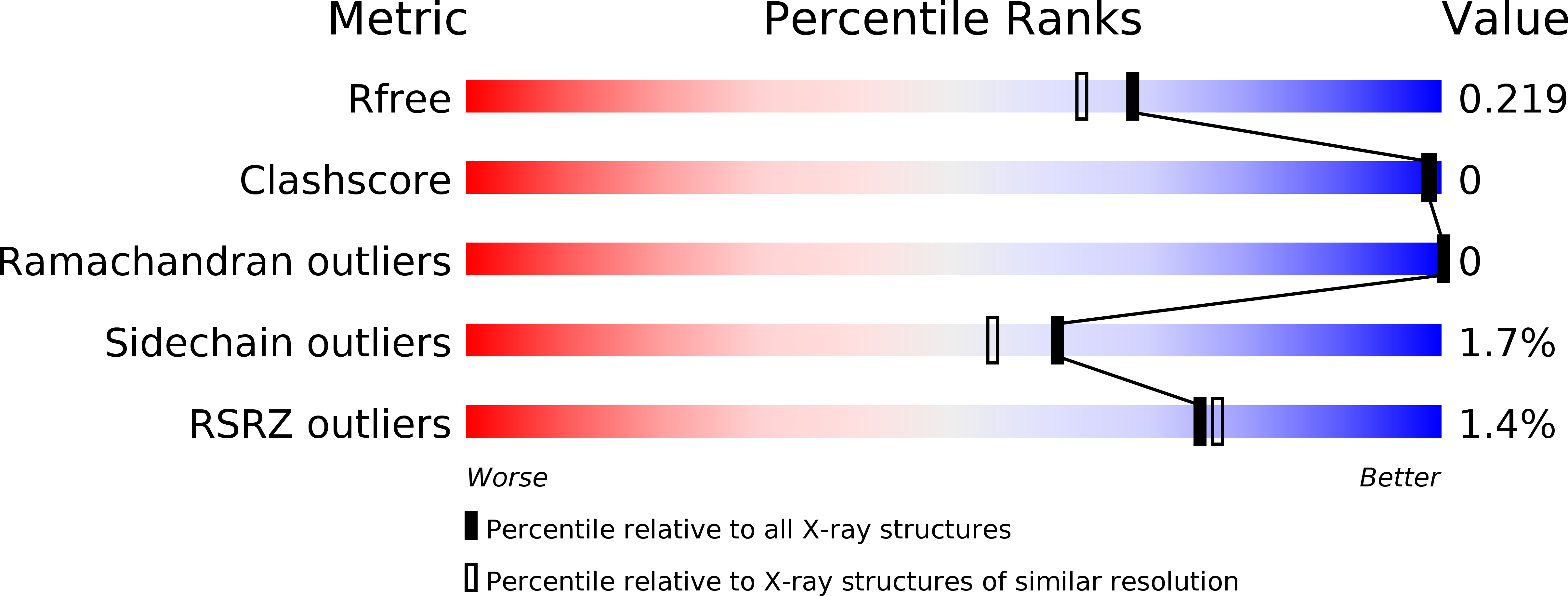
Deposition Date
2016-10-06
Release Date
2017-04-12
Last Version Date
2023-10-04
Entry Detail
PDB ID:
5TK5
Keywords:
Title:
Crystal structure of human 3HAO with iron bound in the active site
Biological Source:
Source Organism:
Homo sapiens (Taxon ID: 9606)
Host Organism:
Method Details:
Experimental Method:
Resolution:
1.88 Å
R-Value Free:
0.21
R-Value Work:
0.20
R-Value Observed:
0.20
Space Group:
P 65 2 2


